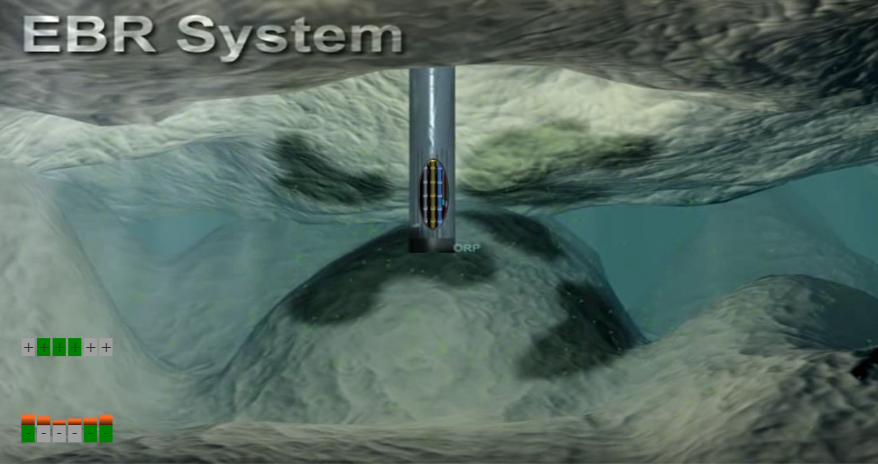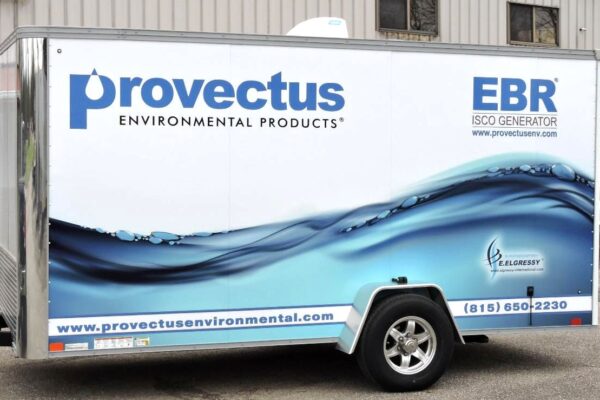Quiz: After reading this release I now know that the Best Available Technology for treating plume constituents such as 1,4-dioxane, MTBE, BTEX (and potentially PFAS) is:
□ Transiently trap them on granular activated carbon, for eventual release at a later point in time.
□ Temporarily stop the plume using smaller activated carbon pieces, for eventual release at a later point in time.
□ Provect-“EBR®” in situ generator of the strongest reactive oxygen species (ROS) available to destroy (mineralize) and permanently remove them from the aquifer.

Correct Answer:
Provect-EBR® In Situ ISCO Generator

New technologies are desired for safe, cost-effective remediation of groundwater impacted by a wide variety of organic contaminants, including (rapidly) emerging contaminants. Ideally, the in situtechnology can be effectively employed in deep aquifers, fractured rock, and mixed lithologies to easily manage large, dilute plumes often in remote areas. Other benefits would include low cost, small footprint, minimal energy consumption (solar), low maintenance, remote monitoring and system control, and no external chemical requirements.
The EBR® (US patent 9,975,156 B2) uniquely drives electrochemical reactions – under neutral pH and computer-controlled conditions – to continuously generate hydroxyl radicals and other ROS throughout the aquifer. Secondary effects include enhanced contaminant desorption from tight lithologies and stimulated biogeochemical destruction. Rapid oxidation of chlorinated solvents, MTBE and petroleum hydrocarbons has been demonstrated at pilot and full scales. Ideal for ISCO PRB-type strategies, pending applications will address 1,4-dioxane, perchlorate, pharmaceuticals and other challenging contaminants such as perfluorinated compounds.




